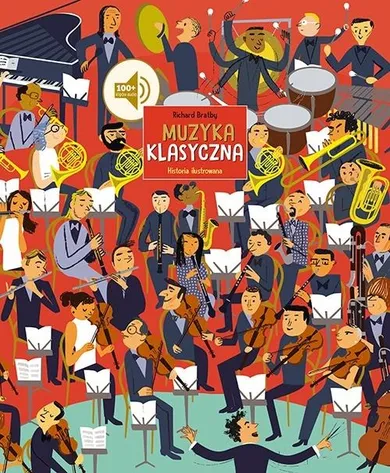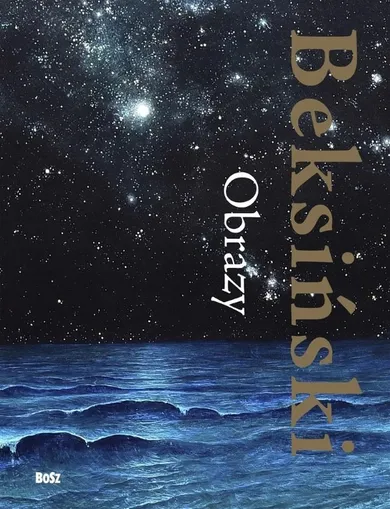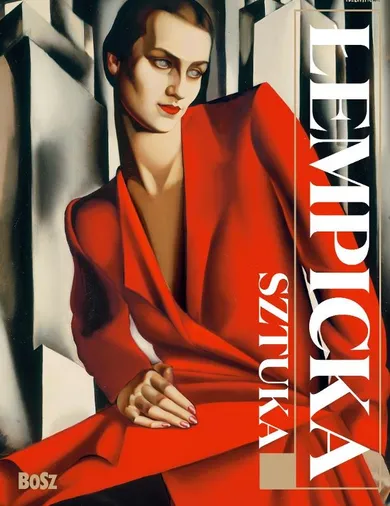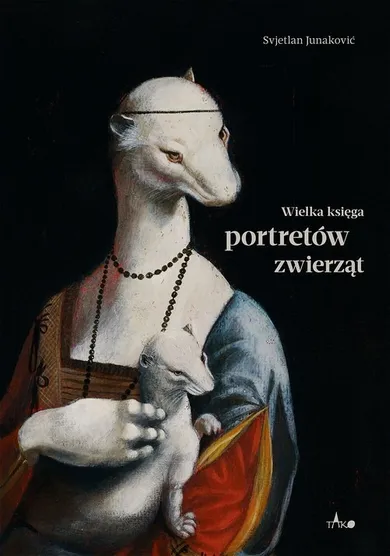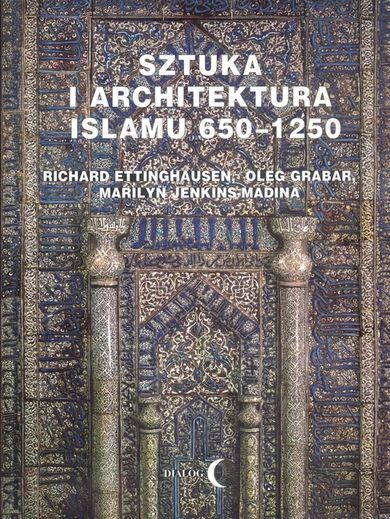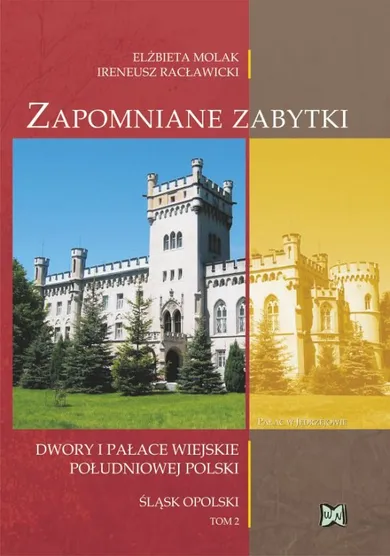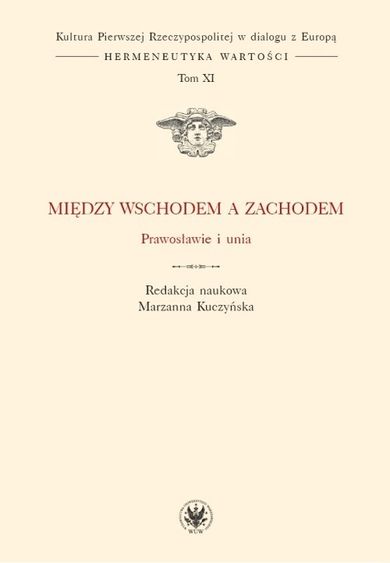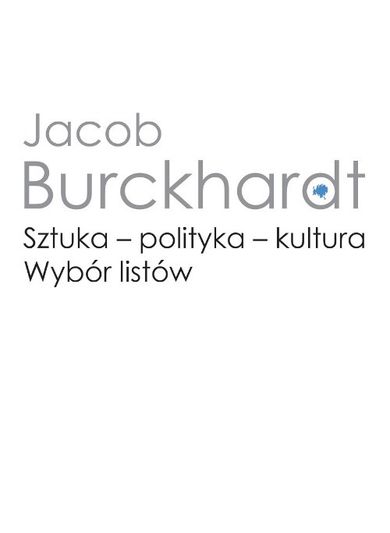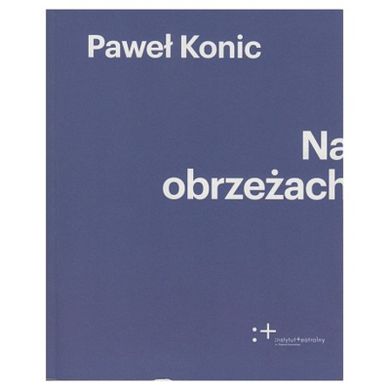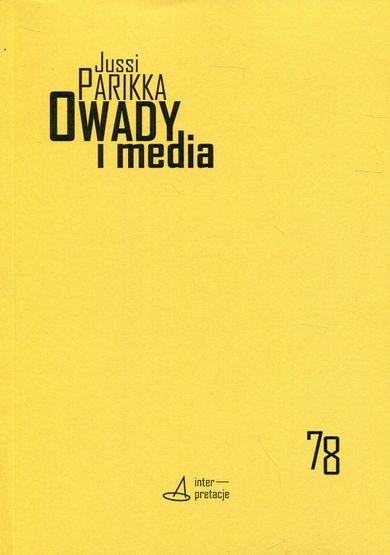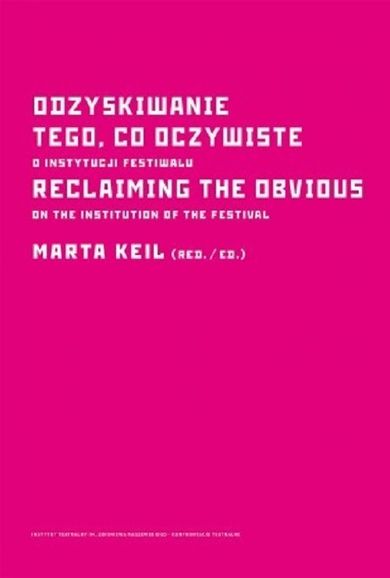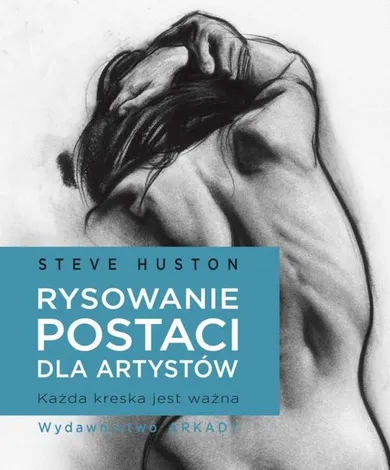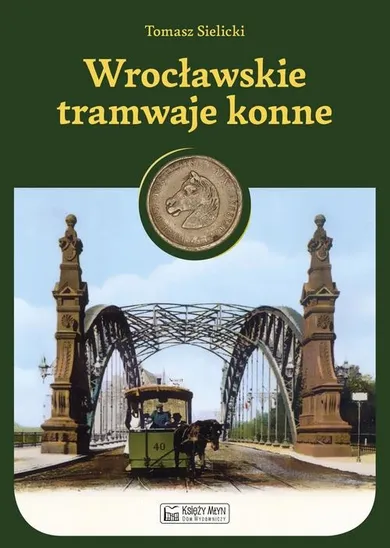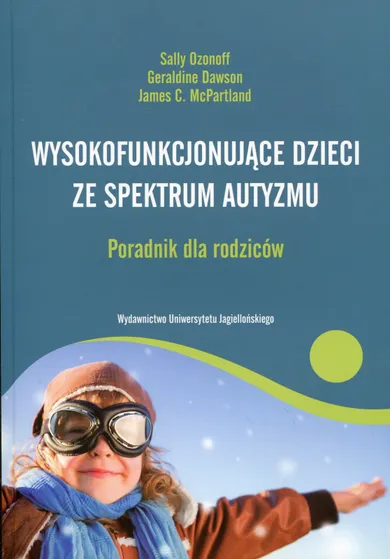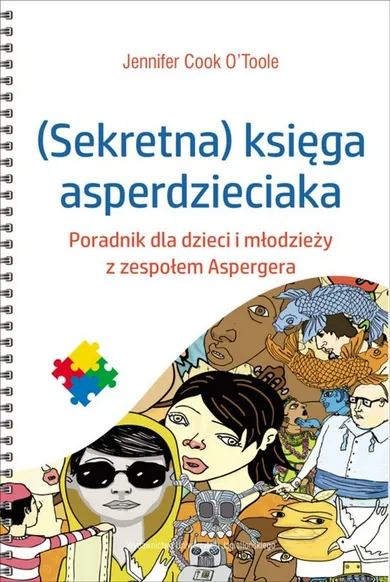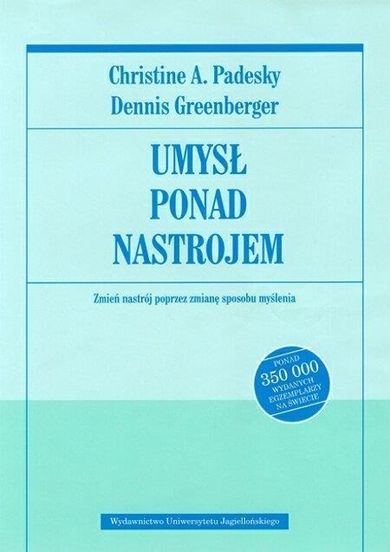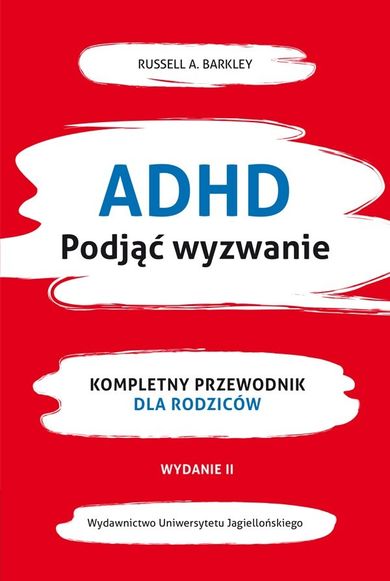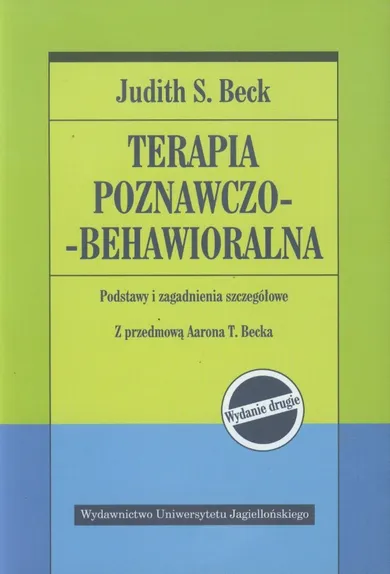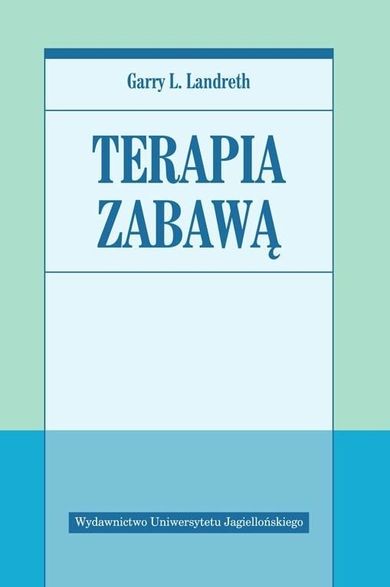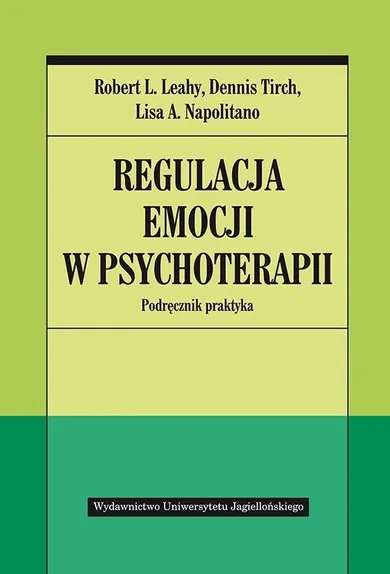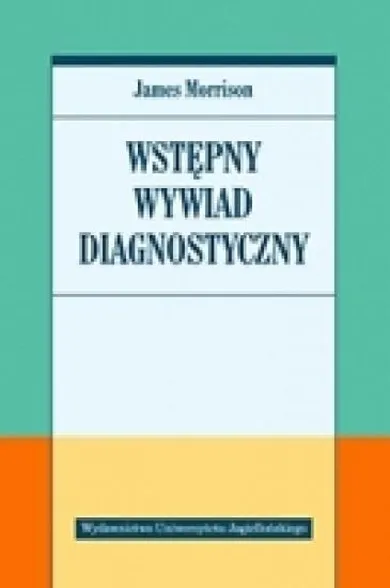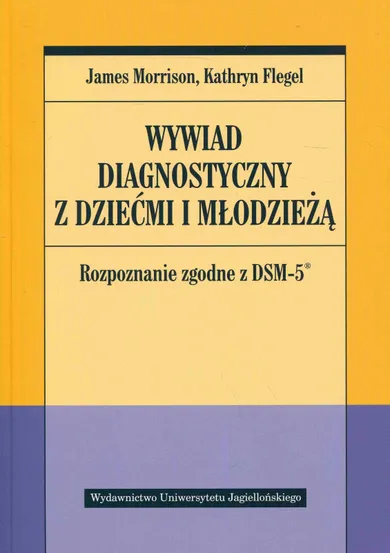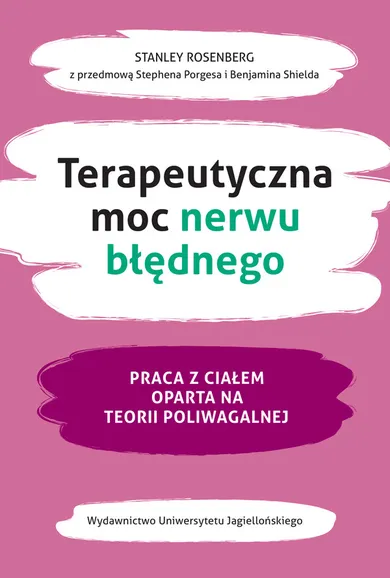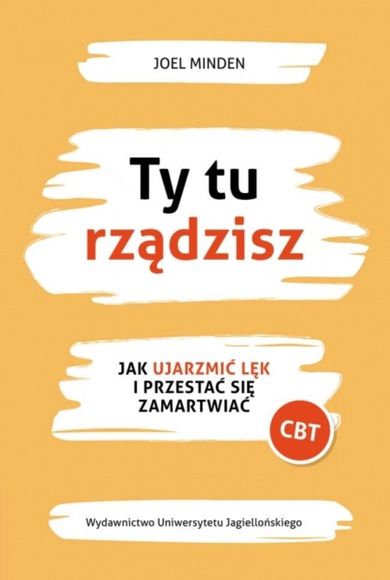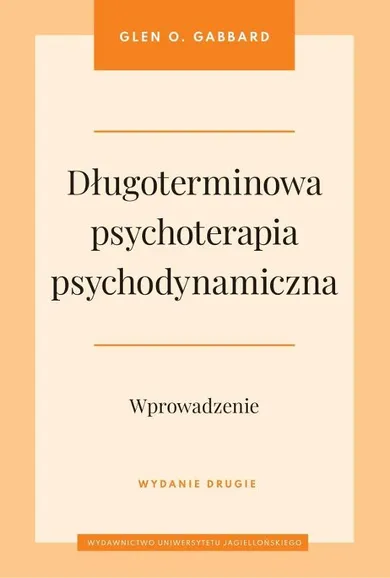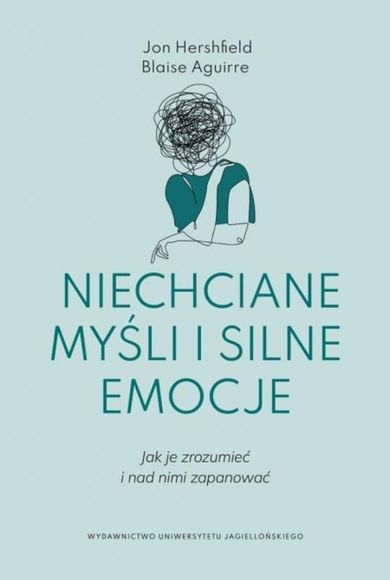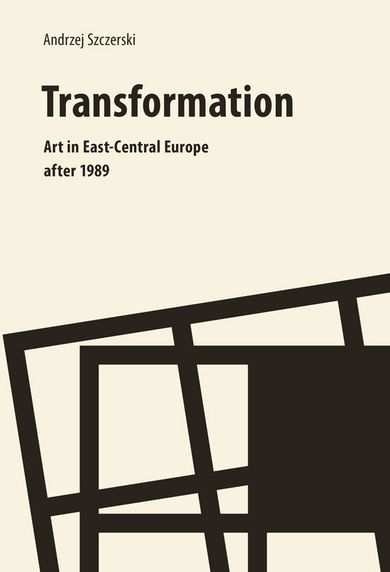

The year 1989 marked the end of one era and the beginning of another—the period of post-communist transformation. Similar processes were taking place in other former Eastern Bloc countries that were declaring free elections, reclaiming full sovereignty, building democracy, and completely changing their economies in favor of free-market capitalism. The several historic months in the latter half of 1989 came to be known as the “Autumn of Nations” and ushered in the total liberation of East-Central Europe from Soviet domination. Less than two years later, the Soviet Union itself collapsed, signaling the end of the Cold War in Europe. The new era brought not only political and economic changes, but also cultural ones which would lead to reclaiming individual liberties and other civil rights, as well as to the rebuilding of national identities within the European community which could now, finally, encompass the entire continent. Culture became a moving force for change, as censorship was abolished, monuments to communist heroes were removed, and streets renamed. The radical cultural changes reverberated in the art of the period, its ideology, and the system of institutional sponsorship that promoted the three approaches most popular with artists. Many of them engaged in the changes directly, creating works that either commented on current events or proposed what they believed to be the right direction for the transformation to take. Others, although preferring to observe from a distance, highlighted the diverse contexts and historical antecedents generated by the cultural identities of countries, regions, or even artistic centers, in which the changes were rooted. The third contribution of contemporary art was its role in shaping how we remember the communist period, by on the one hand questioning the past, and on the other accenting the persistence of the traces it left behind, thereby inviting reflection on its negative as well as its positive ramifications. The art created in these circumstances and that related directly to the post-1989 transition, democracy, and a free-market economy can be united under the name “art of the transformation” and it is the subject of this publication. Andrzej Szczerski is a historian and art critic, assistant professor in the Art History Institute of the Jagiellonian University, and the research deputy director of the National Museum in Krakow in 2016–2018. The author of numerous publications on the art of 19th and 20th century as well as on contemporary art.
Nr produktu: 6451618
:
Producent
:
Kolekcja
:
Przedział wiekowy
:
Płeć
:
Marka
:
Nazwa przedmiotu
:
Licencja
:
Licencja Lego
:
Rozmiar
:
Kolor łóżeczka
:
Materiał zewnętrzny
:
Permanent
:
Buty
:
Aparat foto (mpix)
:
Bateria
:
Rodzaj baterii
:
Bielizna
:
Cechy fotelika
:
Cechy leżaczka
:
Cechy piórnika
:
Cechy plecaka
:
Cechy wózka
:
błędny
:
Czas pracy na akumulatorze
:
Czas trwania
:
Czy produkt wysyłany losowo?
:
Czytnik kart?
:
Autor
:
Długość wkładki
:
Długość wkładki (cm)
:
Dotykowy ekran
:
Dubbing polski
:
Format
:
Format dźwięku
:
Format pliku
:
Format video
:
Gatunek
:
GPS
:
Gramatura (g)
:
Liczba graczy
:
Liczba klocków
:
Liczba kół
:
Liczba nośników
:
Liczba sztuk w opakowaniu
:
Ilustrator
:
Jakość zapisu video
:
Jeans Fit
:
Język
:
Karta graficzna
:
Karta pamięci
:
Klasyfikacja ADAC
:
Klasyfikacja PEGI
:
Koła wózka
:
Lampa
:
Lektor
:
Lektor język
:
Lektor (tak/nie)
:
Liczba kartek
:
Liczba rdzeni
:
Materiały dodatkowe
:
Modem
:
Napisy
:
Nuta zapachowa - On
:
Nuta zapachowa - Ona
:
Obsada
:
Okrycia
:
Oprawa
:
Liczba stron
:
Pamięć RAM (GB)
:
Pamięć wewnętrzna
:
Permanent
:
Platforma
:
:
:
:
:
Zwiększona wytrzymałość
:
Zoom optyczny kamery
:
Zoom optyczny aparatu
:
Zoom cyfrowy
:
Zdjęcia 3D
:
Zdalnie sterowany
:
Zawartość pudełka
:
Wzór, aplikacja, motyw
:
Wysokość buta
:
Wymiary
:
Wymiary materaca
:
Wymiary łóżeczka
:
Wymagania sprzętowe
:
Wykonawca
:
Wyjście HDMI
:
Wydawnictwo
:
Wydanie
:
Wstrząsoodporność
:
Wodoodporność
:
WIFI
:
Wielkość ekranu
:
Wersja językowa
:
Wejście słuchawkowe
:
Wariant
:
Tytuł oryginalny
:
Typ nośnika - elektronika
:
Typ matrycy
:
Typ ekspresu
:
Typ dysku twardego
:
Transmisja danych
:
Tracklista
:
Tłumacz
:
Tematyka/Przeznaczenie
:
Technologia ekranu
:
System operacyjny
:
Sukienki
:
Stroje kąpielowe
:
Stabilizator obrazu
:
Sposób zapięcia
:
Skarpety/Rajstopy
:
Skala
:
Seria
:
Ruchomy ekran LCD
:
Rozmiary konceptu
:
Rozmiar ramy
:
Rozmiar pieluch
:
Rozmiar koła
:
Rozdzielczość ekranu - komputery
:
Rozdzielczość
:
Rok wydania
:
Rodzaj zeszytu
:
Rodzaj zabezpieczenia
:
Rodzaj termometru
:
Rodzaj ramy
:
Rodzaj pieluch
:
Rodzaj perfum - Ona
:
Rodzaj perfum - On
:
Rodzaj nośnika
:
Rodzaj napędu
:
Rodzaj materiału
:
Rodzaj laktatora
:
Rodzaj krzesełka
:
Rodzaj kredek
:
Rodzaj kredek
:
Rodzaj kosmetyków
:
Rodzaj koła
:
Rodzaj farb
:
Rodzaj ekspresu
:
Rodzaj bloku
:
Reżyser
:
Puzzle temat
:
Liczba puzzli
:
Przekątna ekranu
:
Przebranie postać
:
Projektor
:
Procesor
:
Postać z gry
:
Postać pluszaka
:
Pojemność (ml)
:
Pojemność dysku twardego (GB)
:
Przedział wagowy
:
Maks. ciężar dziecka (kg)
:
Temat puzzli
:
Moc (W)
:
Podmiot odpowiedzialny
:
Opis bezpieczeństwa
:

